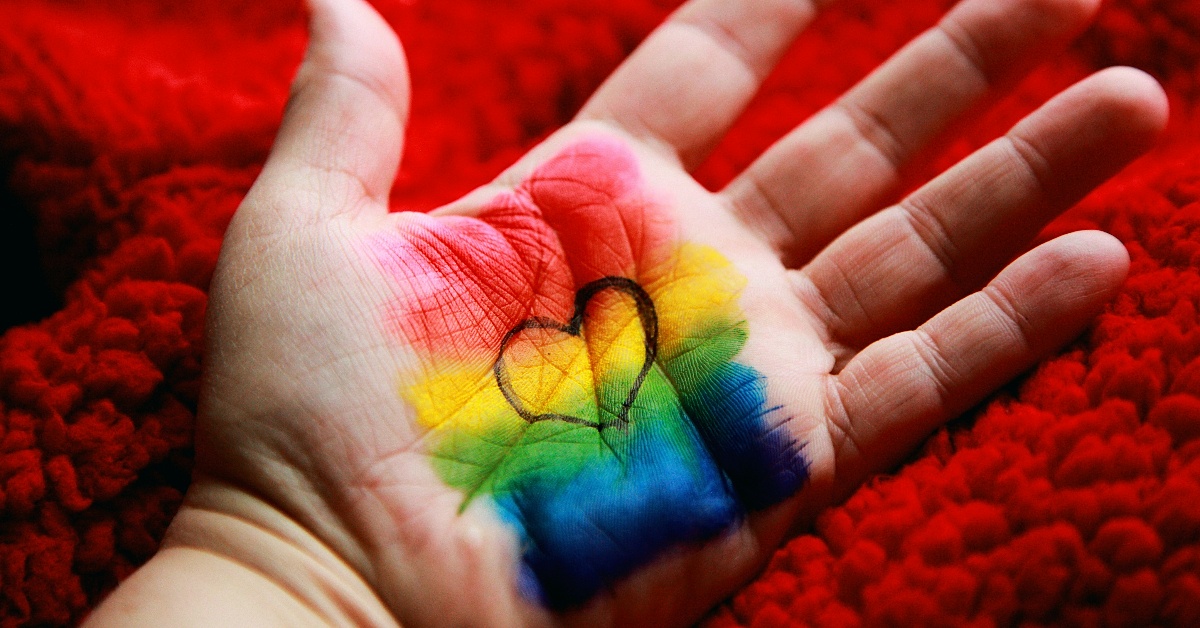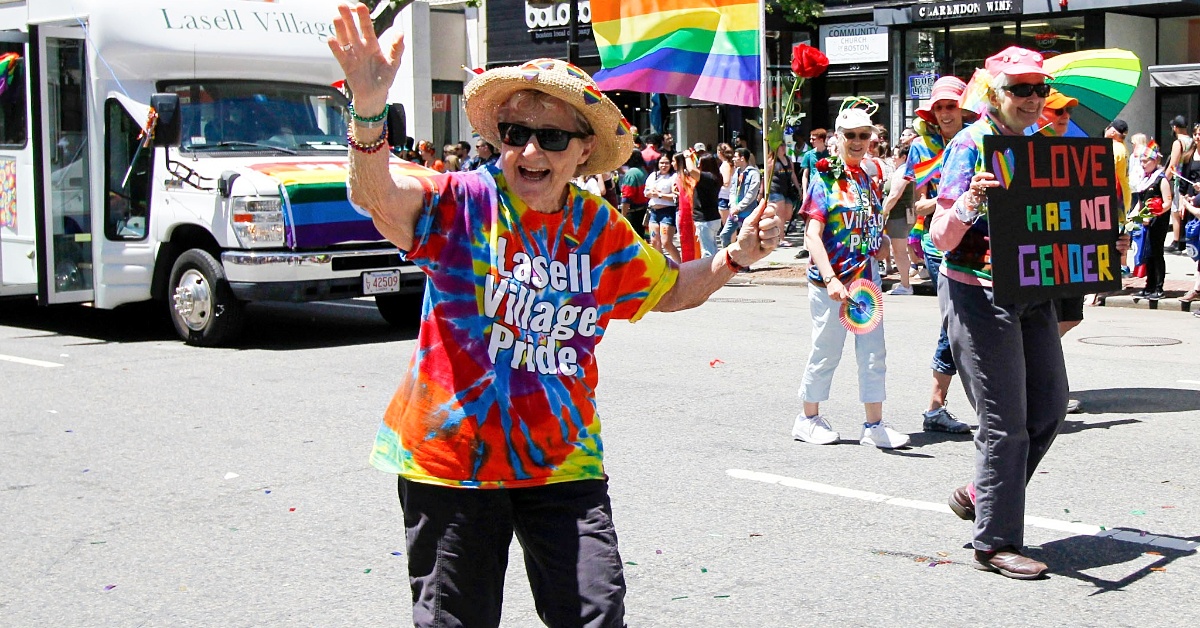Why the “L” Came First: The Historical Reasons Behind the GLBT to LGBT Change
In the early years of gay rights organizing, acronyms like “GLBT” (Gay, Lesbian, Bisexual, Transgender) were common. By the 2000s, however, “LGBT” was the standard. Historians and activists say this was no accident. It’s a deliberate nod to the role of lesbian folx in the movement. For much of the 20th century, activists often used [...] Read More... from Why the “L” Came First: The Historical Reasons Behind the GLBT to LGBT Change The post Why the “L” Came First: The Historical Reasons Behind the GLBT to LGBT Change appeared first on LBS.


In the early years of gay rights organizing, acronyms like “GLBT” (Gay, Lesbian, Bisexual, Transgender) were common. By the 2000s, however, “LGBT” was the standard. Historians and activists say this was no accident. It’s a deliberate nod to the role of lesbian folx in the movement. For much of the 20th century, activists often used “gay” as a blanket term for the movement, and lesbian interests were not always separately named.
Today, the expanded acronym LGBTQIA+ (with Q for queer or questioning, plus others) is common, but even those longer forms usually start with “L” then “G.” But that was not always the case. Here is a look at how the acronym evolved to be more inclusive of everyone in the community.
LGBTQIA+ has become a more inclusive term over the years.

For some time, “gay” was used to describe all members of the LGBTQIA+ community. By the late 1980s, however, many organizers began using LGB (lesbian, gay, bisexual) instead of just “gay.” The turning point came in the AIDS epidemic years. When the disease struck, gay men were devastated. Lesbian individuals — many of whom had medical or caregiving experience — stepped in to help.
Historian John-Manuel Andriote points out that AIDS helped create solidarity between gay men and lesbian folx. “The result has been a level of solidarity that, before AIDS, gay people never had with one another,” Andriote wrote in “Victory Deferred: How AIDS Changed Gay Life in America.”
Lesbian individuals donated blood, organized food and housing, lobbied in Washington, and even nursed men whom others ignored. This cooperation changed the culture. Organizations began rebranding to highlight the contributions of lesbian folx. Community centers that had been “Gay [Men’s] Centers” became “Lesbian and Gay Centers.” Over time, “LGBT” became the norm. In 2009, President Barack Obama’s official Pride Month proclamation used “Lesbian, Gay, Bisexual, Transgender” in the title.
The public had mixed reactions to the change.

The public’s reaction to this switch was a mix of confusion and acceptance. After President Obama acknowledged the change to LGBTQIA+, members of the community were dumbfounded.
“I used to be a hard-core “GLBT” user, but I have long since weaned myself off of that habit. I know that “LGBT” has been embraced by many people and organizations as the preferred acronym,” one LGBTQIA+ journalist joked per NLGJA. “For any remaining “GLBT” users out there, it’s now clear to me (if not to you) that your days are seriously numbered.”
Placing the “L” first has become a standard way to honor the place of lesbian individuals in the movement. Adding additional acronyms provided representation for others under the umbrella. Nonetheless, the change has seemingly become standard across the board.
LGBTQIA+ keeps growing—do you think expanding the acronym helps with inclusion or creates confusion?
The post Why the “L” Came First: The Historical Reasons Behind the GLBT to LGBT Change appeared first on LBS.












